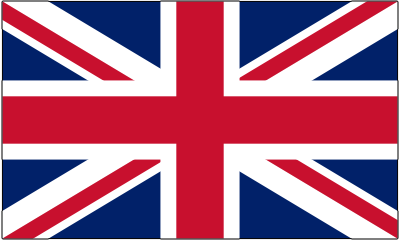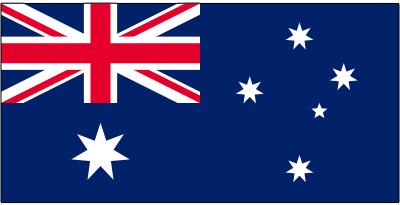Norfolk Island was discovered by Captain James Cook in 1774 during his second expedition to the Pacific Ocean. In 1788, the British made it a colony, placing the first settlers here - prisoners and soldiers. During this period, the flag of Great Britain was used on the island. In 1825, the island was repopulated as a place of detention for particularly dangerous criminals, again under the British flag.

However, this period ended in the mid-nineteenth century with the resettlement of the descendants of the rebels from Pitcairn to Norfolk. The island of Pitcairn, one of the most remote inhabited islands in the world, became famous thanks to the crew of the Bounty, who rose in rebellion against Captain William Bly. The rebels, led by Fletcher Christian, escaped from British pursuers and settled on the little-known island of Pitcairn in 1790. The island's remoteness provided them with refuge from the British authorities. Over time, however, the population grew, leading to overcrowding, and in 1856 most of the rebels' descendants moved to Norfolk Island. By the way, the descendants of the Pitcairns live on Norfolk Island today.
In 1897, Norfolk was transferred to the jurisdiction of New South Wales, which led to the use of British colonial flags with regional signs characteristic of this territory. After that, in 1914, the island was incorporated into the Australian Union, and the national flag of Australia became the official flag, which was used until 1980, since, unlike other colonies, Norfolk did not have its own symbols until then.

In 1980, Norfolk, as an Australian external territory, finally received its own flag, which became a symbol of local autonomy and pride. The modern flag consists of two vertical green stripes and a white center stripe, which depicts the famous Norfolk Island pine tree.







